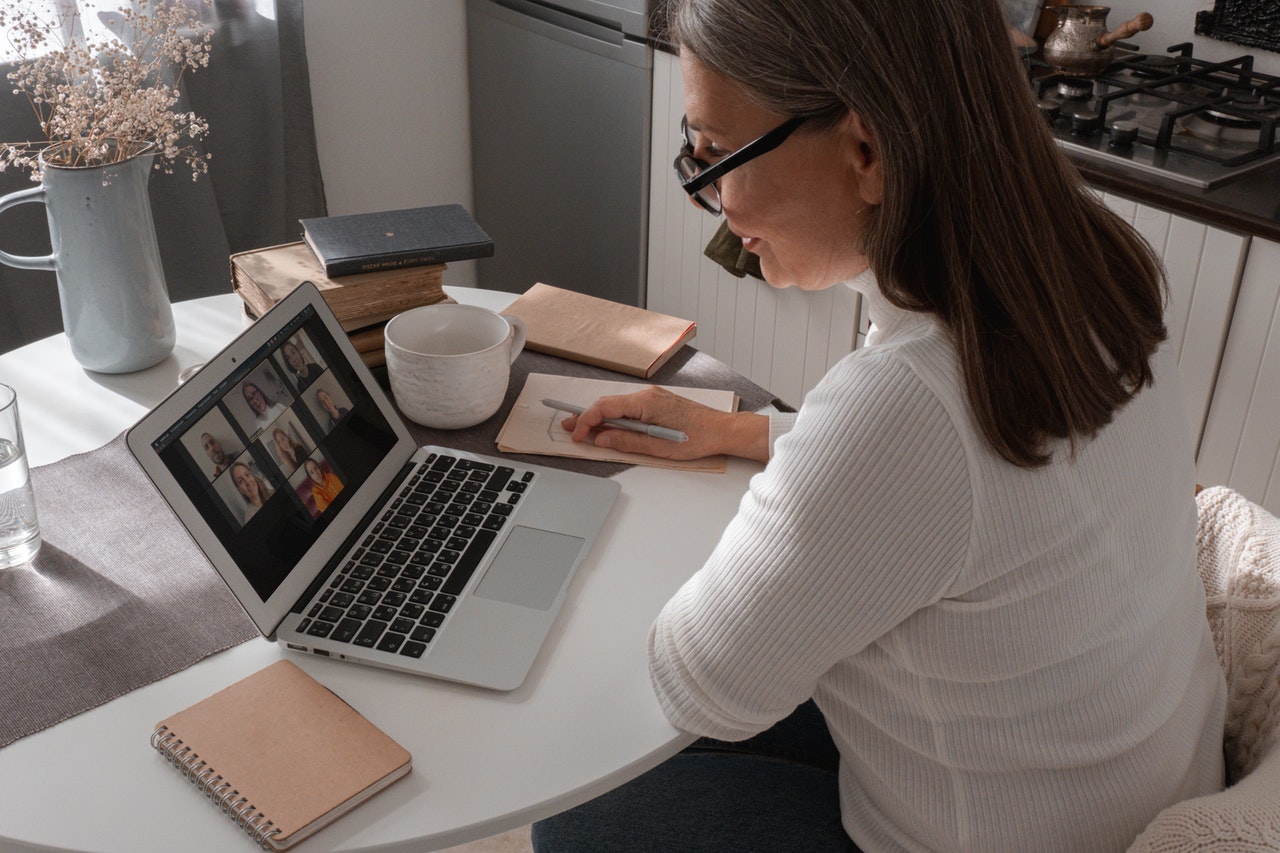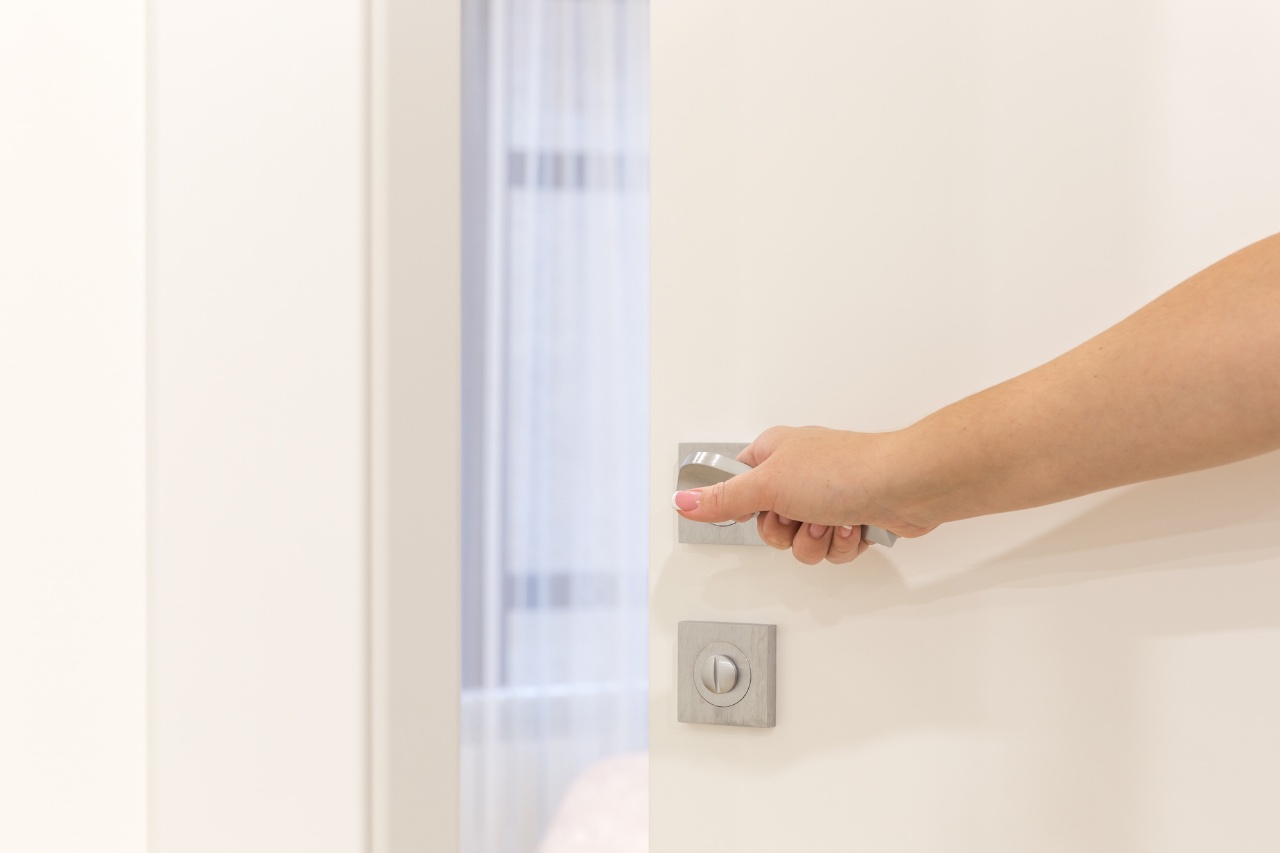With so many of us working from home these days, the line between work and personal has become murkier than ever. We find ourselves working longer hours simply because we know the work is waiting.
Yet the guilt seems relentless.
Unfortunately, the boss won’t be much help to us. They are dealing with the same struggle we are. This is especially true for those working in banking, schools, call centres, and other more traditional work environments. We don't have a lot of expertise to lean on.

For the past eighteen months, bosses and employees are discovering the work-from-home concept simultaneously and for the first time.
Here are five success secrets that may help to make you more comfortable - and therefore more productive - in your home office.
#1: Finding The Right Space
Those of us working in real estate spend a lot of time viewing the inside of people’s houses. Over the past year we have seen all too often what ‘temporary’ office space looks like. It may be the corner of a room like the kitchen, living room, or even just a nook in a hallway. There’s often a very small desk with room only for a laptop and perhaps a small notebook.

It’s evident in these cases that the space was chosen hurriedly, designed to support bare basics practical use.
If you have opted for this type of minimalist look with your own home office, it may be time to reconsider your approach. Time has a nasty habit of slipping away. Before we know it another year will have elapsed and here we are, still tolerating the tiny desk and uncomfortable chair in the corner of the living room.
First up, find the right space in the home.
There are two key criteria in choosing the right home office space. First, you should have a door that closes. The environment should feel private, for those important phone calls. You should be able to focus without distraction.

A door also allows you to psychologically separate yourself from work at the end of the day. If your home office setup is out in the open, like in a hallway or in in the corner of the kitchen or living room, you may find yourself thinking about work every time you walk by.
If work is behind a closed door, there’s less temptation to vacillate between work and personal.
The second important criteria in choosing the best office space is that it should be comfortable. Even if you don’t plan to work from home in the long term, you deserve to have a space that makes you happy for as long as you occupy it.
Wouldn’t it be nice to enjoy the thought of settling into your office each day?

Since comfort is entirely subjective, take a moment to consider what this means to you. Perhaps you prefer a spacious room and a large desk. Or maybe for you it’s all about the right chair. Or sufficient lighting to keep you motivated.
One final thought on the home office space. If possible, try to avoid the basement. This is especially true if the room in the basement has no window. We have discovered that the basement solution tends to feel depressive and claustrophobic.
Every home office veteran we spoke to agreed that if their home office started out in the basement, inevitably it was moved to another space in the home later.
#2: Get The Right Chair
Borrowing a chair from your dining room table set may work for a few days. But dinner chairs were simply not designed to support the body (or the back) for several hours at a stretch.

As part of your effort to make your home office as comfortable as you can, consider investing in a proper office chair.
Many employers over the past year have worked out some sort of reimbursement plan for the home office setup. This will differ from one company to the next, however it may be worth asking your boss whether a budget exists for a decent office chair.
Even if it’s not a large budget, anything that can be recuperated from your employer is a few dollars you won’t have to pay.

Failing that, even the smallest budgets can be accommodated. Check out local Facebook Marketplace listings or Kijiji. If you focus your efforts on the more expensive suburbs like Oakville, you are likely to find items in excellent condition for a very reasonable price.
#3: Don’t Skip The Printer
A surprising number of home offices appear to be missing a printer. Perhaps it was simply deemed unimportant at the time the office was set up, but it may be worth reconsidering.
Even if used infrequently, the printer is an important tool. Like the office chair, consider checking with your employer to see if a budget exists for a printer. Unless you have another printer in the house, the alternative is expensive and inconvenient: sending the occasional document to Staples to have your documents printed.

Printers are very inexpensive now and many are plug-and-play, making setup quick and easy.
The cost of printer ink can also be mitigated by programs like HP’s Instant Ink. Simply pay a small monthly fee and every time your ink runs low, HP sends you new cartridges in the mail. We tried out this program and discovered a savings of at least $35/month. Currently we pay $25 per month for 500-sheets of usage instead of $60 per ink cartridge - which almost never lasts thirty days.
Check out the Hp Instant Ink program here.
#4: Tax Advantages
Many people are still unaware of the tax advantages that come with working from home.

A surprising number of items can be considered for write-off, including things like workspace in the home, property taxes, house insurance and others
Speak with your accountant about what tax deductions are possible now that you work from home. It will depend on your specific circumstances, but it may be worth investigating.
#5: Learn To Forgive Yourself
In retrospect, perhaps we should have made this the number one item on our list. It is the single hardest problem to solve. Many people have yet to master this even after decades of working from home.
Why? Because working in a true office environment comes with pre-set boundaries that simply don’t exist in the home office.

Let’s say a prototypical officegoer arrives at the office around 9am, works until 5pm, and then drives home. After (hopefully) decompressing a little on the drive back to the house, by the time our officegoer walks through the front door work seems a long way away.
Arriving at home means personal time. Work is over.
Working from the home office is entirely different.
Leaving work at the end of the day is more subjective. Five o’clock may come and go in the home office because we feel our work is simply not completed. Even if we work late in the hopes of offsetting this feeling, it becomes more and more difficult to determine a time to end the day.

The truth for most of us is, the work is never completed. This can lead to an accumulation of guilt that is hard to ignore.
Consider structuring your home office in a way that will allow you to make a psychological break from work at the end of the day.
One way to accomplish this is to close the office door and leave it closed until the next day. Without this type of visible reminder, you may find yourself tempted to just check a few emails later in the evening, and before you know it several hours have elapsed.

Many of us work longer days when working from home. It’s just what happens. We take fewer breaks and often omit the lunch hour entirely.
At the same time, working from the home office often results in much more productive days simply because there are fewer distractions. So, while we have no reason whatever to feel guilty, the feeling tends to persist anyway.
Try to make it a habit to ‘leave’ work at the same time every day, and schedule time for the other important activities the same way you would if your office were not in your house.
With the amount of time most of us spend in our jobs, it may be worthwhile making a few small changes so that you can really enjoy your time working from home.***

Subscribe to Monthly Newsletter
Explore More Articles
Daily Listings to Your Inbox
What's Your Home Worth?

